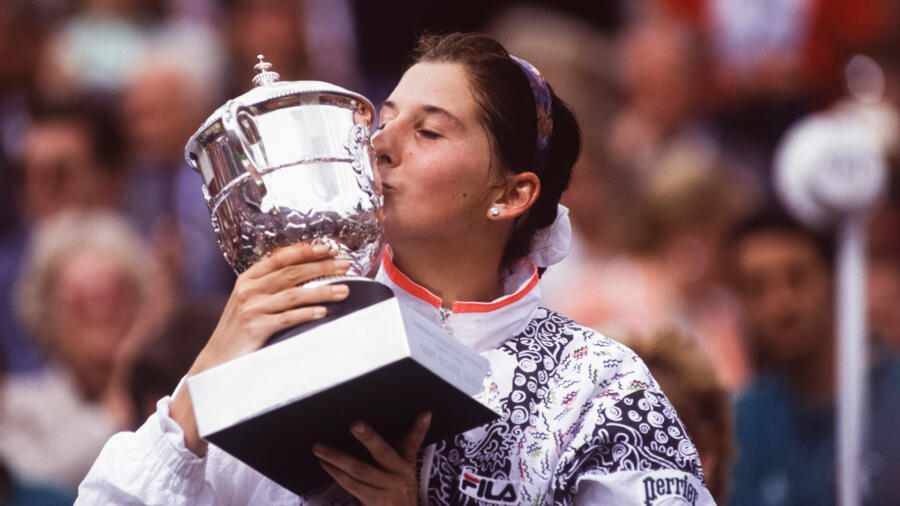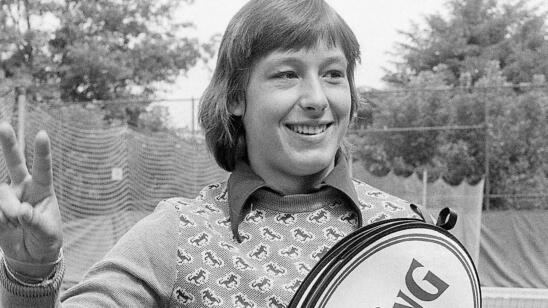On January 27, 1996, Monica Seles won her first Grand Slam title at the Australian Open since being stabbed on-court in 1993. Thanks to her Grand Slam three years after the unfathomable attack, Seles remains an enduring symbol of strength and determination.
Born on December 2, 1973, in modern-day Serbia, Seles began playing tennis at age five. Her father, a professional cartoonist, became her coach. He helped Seles develop her signature two-handed backhand and forehand strokes. In order to perfect her tennis skills, in 1986 she moved to the United States with her brother. At 14, Seles played in her first professional tournament as an amateur. A year later she turned professional. With her two-hand slug and grunt, Seles became the youngest-ever French Open champion, at 16. Before her 20th birthday, she won eight Grand Slam titles and a total of 22 singles titles. Seles was named the No. 1 women’s player in the world in both 1991 and 1992.
On April 30, 1993, Seles was attacked by 38-year-old Gunter Parche, a superfan of tennis star Steffi Graf. During a changeover in her quarterfinal match against Magdelena Maleeva in Hamburg, Germany, he lunged from the stands to the edge of the court and stabbed her with a nine-inch knife. This horrific stabbing occurred in front of 6,000 spectators. Despite the nature of his attack, Parche only received a suspended sentence and probation, since a German court determined that he was mentally insane.
It took Seles over two years to return to the tennis court. Luckily, he just missed her spinal cord and other organs, so she was able to fully recover. However, her psychological scars from the attack never fully healed. In fact, even when she returned
to playing tennis, Seles refused to play in Germany ever again.
Considering the turmoil that Seles faced after the 1993 stabbing, her Grand Slam victory was an inspiring testament to her resilience. Although she was never fully the same again, she won an Olympic bronze medal in 2000 and continued to have some exciting wins throughout the early 2000s until her official retirement on February 14, 2008.
Since leaving the sport, Seles was elected to the International Tennis Hall of Fame in 2009 and named one of the “30 Legends of Women’s Tennis: Past, Present and Future” by Time Magazine in 2011. Considered by many to be the first power player in women’s tennis, she inspired future tennis greats, like Venus and Serena Williams, to bravely smash new records on the court.


